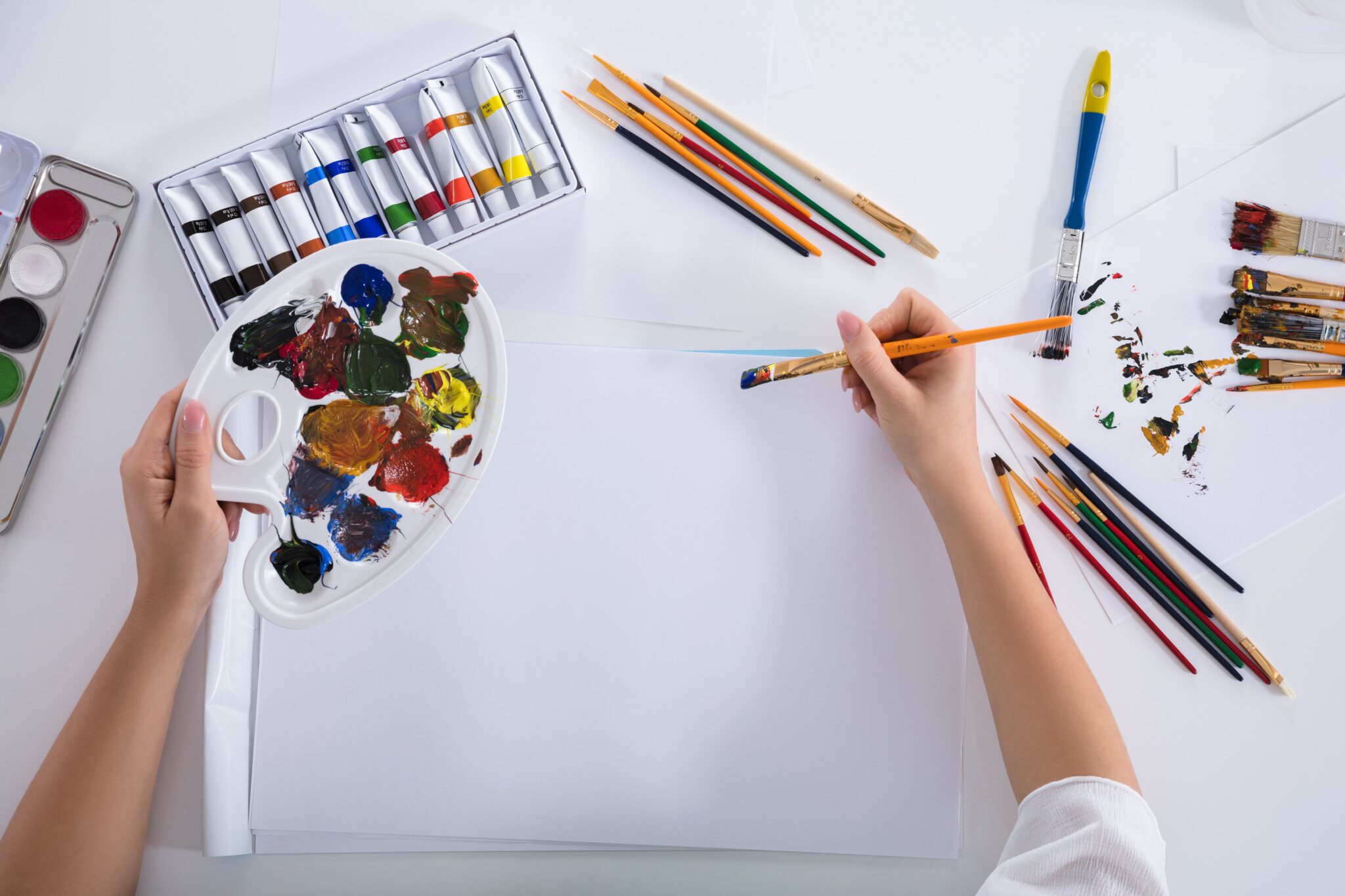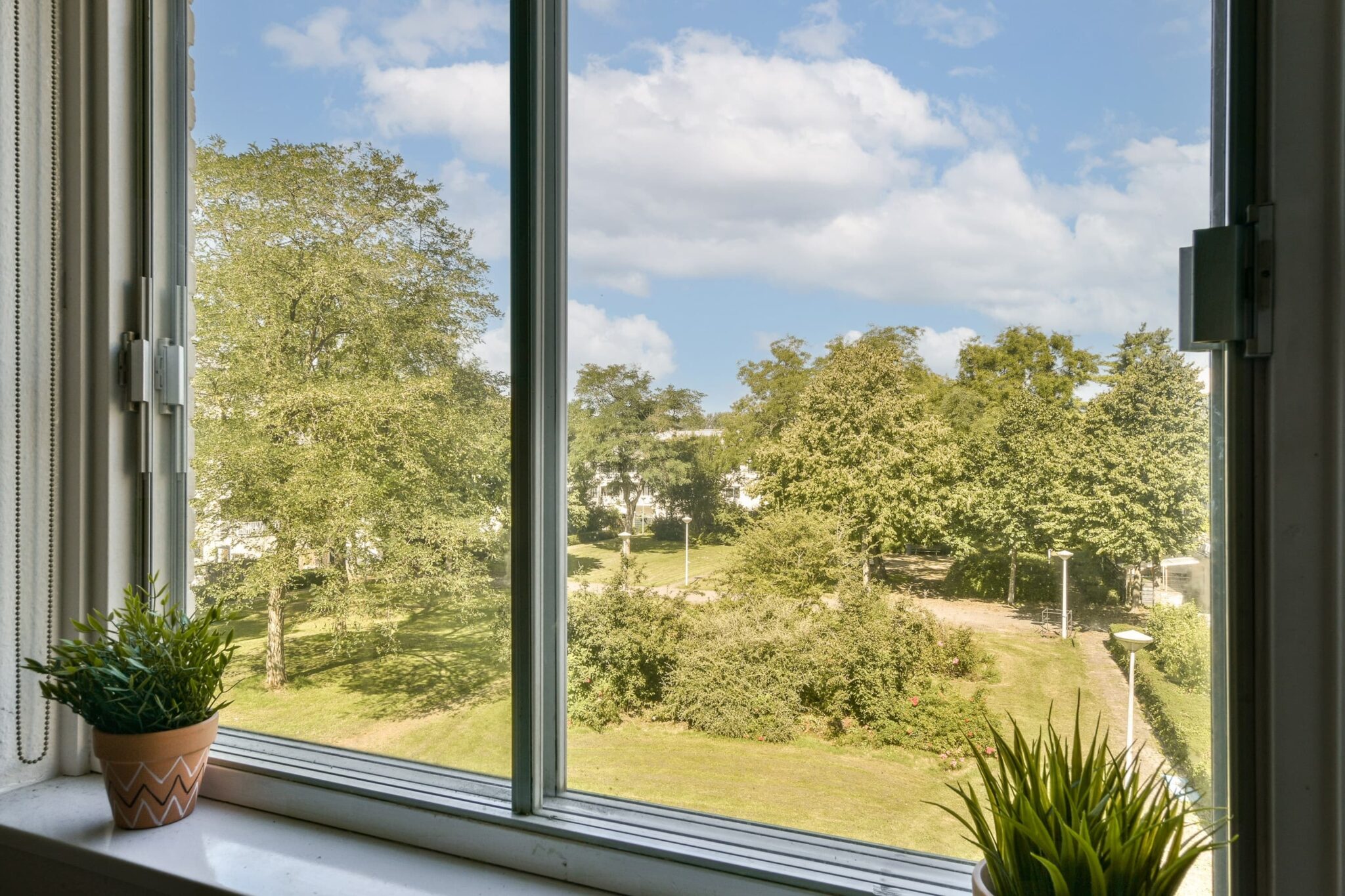🎧 Listen to the Audio Version
The addiction cycle often shows up quietly, long before someone realizes they’re stuck in it. This quick overview helps you understand what the cycle feels like from the inside and where real change begins.
What the Addiction Cycle Feels Like
Addiction doesn’t usually look like a tragedy that you can point to. When life is harsh, lonely, or out of control, it usually comes in softly, almost pleasantly. Most people don’t know they’re in an addiction cycle until they’re already in the middle of it and trying to figure out how something that used to seem minor took over. The truth is that the cycle has nothing to do with being weak or not being able to control yourself. The brain is always looking for ways to feel better right away, even if those strategies make things worse.
How Triggers Start the Loop
A lot of the time, the cycle starts with triggers, or small sparks that hit harder than they should. It could be a tough week, an argument, or a memory that won’t go away. Sometimes it’s not a big deal; you’re just bored for too long. The brain starts hunting for the quickest way to get out of pain, no matter what the cause is. People usually always want anything when they find out that it will help them right away.
The Internal Negotiation Stage
What normally follows next is a quiet, internal negotiation. The “maybe just this once,” the “I’ve been doing better; I can handle it,” or the classic “I’ll start over tomorrow.” These notions could sound almost plausible, which is one reason why addiction is so hard to explain. The brain’s reward system alters, which makes bad choices seem like the right thing to do at the time. It’s not that someone wants to go back; it’s that the brain has established a pattern that it thinks will assist.
Use, Relief, and Collapse
Then comes the use, which is when everything in the mind and body feels better for a short time. The edge goes away, the worries go away, and the stress goes down. And for a little while, it seems like everything will be fine again. But when that feeling of relief goes away, the cycle starts again: shame, fear, promises to “do better,” trying to hide what happened, or wanting to stay away from those who might notice anything is wrong. That emotional collapse sets off its own kind of trigger, which sends someone straight back into the cycle they are working so hard to overcome.
What Actually Breaks the Cycle
Force doesn’t really stop the loop. It’s being aware. You have to get it before the loop goes all the way around. If people know what makes them angry, like certain places, times of day, or feelings, they could choose to do something else. Sometimes the best thing to do is go outside, drink some water, call someone, or take slow, deep breaths until the worry or impulse goes away. It’s important to notice the small things that get in the way. They might not look strong, yet they influence how things work.
Finding new ways to solve problems also breaks the cycle. Ignoring your sentiments is not good for you; working through them without hurting yourself is. When you add therapy, support groups, mindfulness, exercise, journaling, and organizing to your life, it’s like obtaining a new tool for a box that only had one option before. As the brain looks for new ways to feel better, the old cycle starts to fade.
And a real relationship might change everything. Addiction gets worse when you’re alone. It works best when people think that no one will care or understand. But the loop stops when someone talks to someone who doesn’t judge them. Support helps the brain learn that there are other ways to be safe, be seen, and get through tough situations.
Why Professional Support Matters

With professional support, that change may be even bigger. When people have problems or relapse, an effective program doesn’t make them feel bad. It tells students what their cycle looks like, what part of it hurts the most, and how to deal with such moments by applying skills instead of blaming themselves. Treatment provides a controlled environment for recovery, the cultivation of new coping mechanisms, and the confrontation with the underlying pain associated with addiction, acknowledging that there is invariably a rationale for initially seeking relief.
It doesn’t go straight up when you become better. Some days seem like they will last forever. Some people feel unstable. But that doesn’t imply the cycle is winning again. It signifies you’re a person and you’re learning something new. You can still stop the cycle, even if it’s been going on for years. It starts with one moment of awareness, then another, then a modest choice, and finally a chat you were too terrified to have. Over time, no one notices these small changes.
You’re not the only one who is stuck in the cycle right now. You are not broken either. The first thing you need to do to make a change is to understand what’s going on. You deserve help, kindness, and a means to go on that doesn’t include suffering in silence. You don’t have to do it all by yourself.
To learn more about treatment options you can explore our internal guide:
Comfort Recovery Programs.
If you’re ready to break the cycle with structured, compassionate support,
reach out to Comfort Recovery Center today.








